Spider mite infestation is one of the worst nightmares a grower can have. These pesky little bugs can really damage your collection of plants if you don’t treat them seriously.
Spider mites are notoriously difficult to control because they multiply rapidly (especially in warm climates) and can build resistance to pesticides. With the right conditions, they can double their numbers in just three days! Furthermore, they are small enough to be carried by wind and can quickly spread around your collection. 😱
In this post, we will look into some methods we use to deal with spider mites, especially for cacti and succulents.
Where do they come from?
Spider mites often enter into your garden through the introduction to new plants. Therefore, there are some precautions that you should take before putting that new plant you just bought together with the rest of your precious plants. Once the spider mites are introduced, they are hard to exterminate.
After these mites mature, they spin a fine silk that allows them to be carried by wind to nearby plants. They can also hide in soil and re-appear once conditions are favorable.
How do mites damage your plants
Spider mites are sap-sucking pests that suck up the nutrition from plant cells. They use a needle-like mouthpart to pierce through the surface of the plant. On foliage plants, a heavy infection will cause the leaf to yellow and die eventually. On cacti, they form permanent scars that can result in other problems like fungal or viral diseases. If they feed on the growing parts of the plant, it will stunt the growth or cause your plant to grow weirdly.
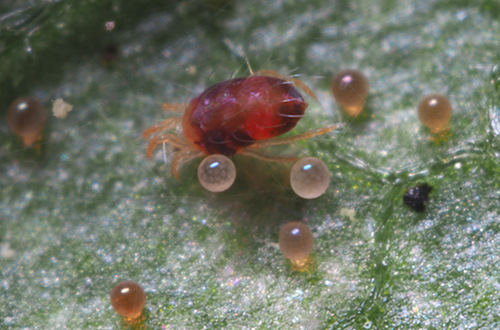
What do spider mites look like?
PSA: Spider mites are not spiders!
Spider mites are little bugs that belong to the Arachnid class of organisms (same as spiders and scorpions). Unlike some of their cousins, they are usually the size of the tip of your ballpoint pen. This makes them incredibly difficult to spot.
The two common species that usually affects cultivated plants is the Tetranychus Urticae (red spider mite or two-spotted spider mite) and the Tetranychus Cinnabarinus (carmine spider mite). Using the naked eye, the adult mites look like little red spots that move around when disturbed. A good way to identify them is to use a paper towel and gently wipe the surface of your plant. You should be able to see clear red streaks smeared on the white background. Because of how fast they multiply, it is crucial that you spot them early. Better still, take precautions to prevent them from entering your collection in the first place.


Early signs of spider mite damage
A good telltale sign is: if the colour of your plant starts to look a little dull and has little white dots or specks at spots where it was green in the past. On lophophoras or peyotes, they look similar to sunburns but appear nearer to the base of the plant. The growth of the plant will also slow down, although it’s hard to tell since cacti already grow pretty slowly.
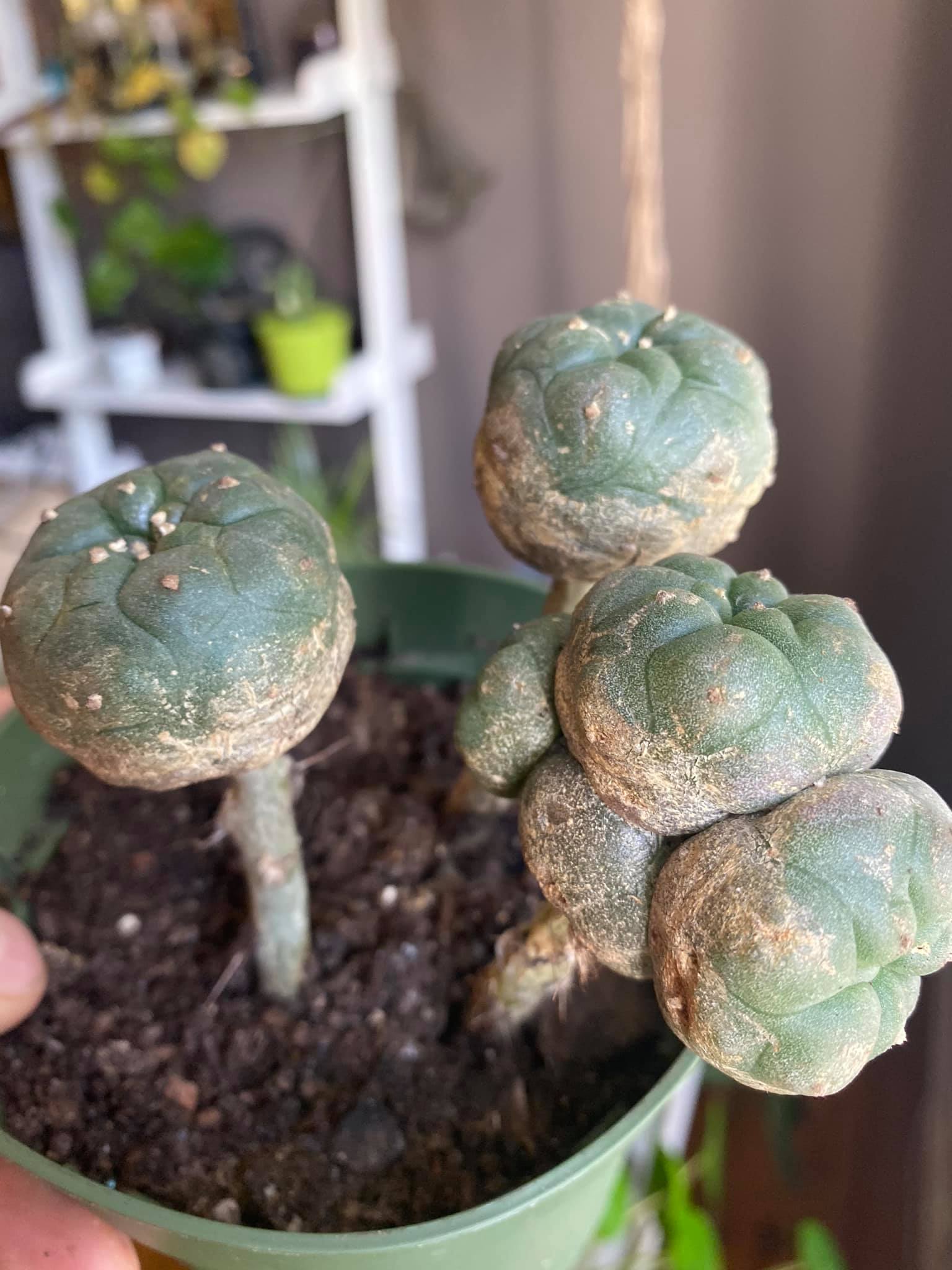
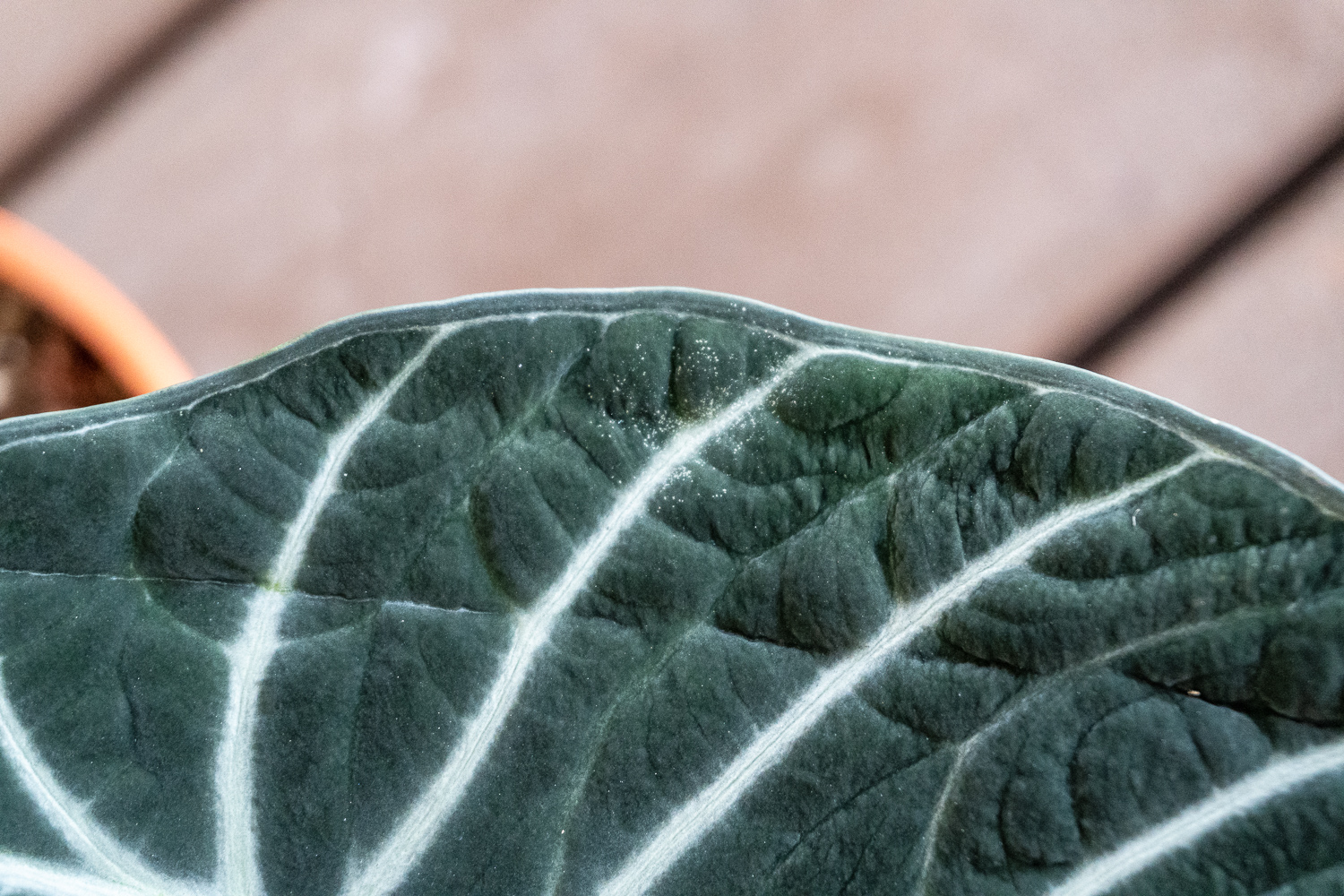
When a spider mite infestation gets serious
When spider mites mature, they spin a silk webbing to provide protection for their offsprings. If you do see this web, it is a good indication that you have an infestation on hand. By this time, your plants will likely have clear patches of mite damage all over. Given that cacti are hardy plants, it is still not too late to save them at this point in time.
Regardless, the first thing you should do whenever there are signs (whether early or late) of spider mites is to quarantine the plant and treat it. You should also consider throwing the plant away if it is readily replaceable or one of those plants chucked in a corner that does not get your attention. (Yes, that plant – we all have one of those plants 🤭)
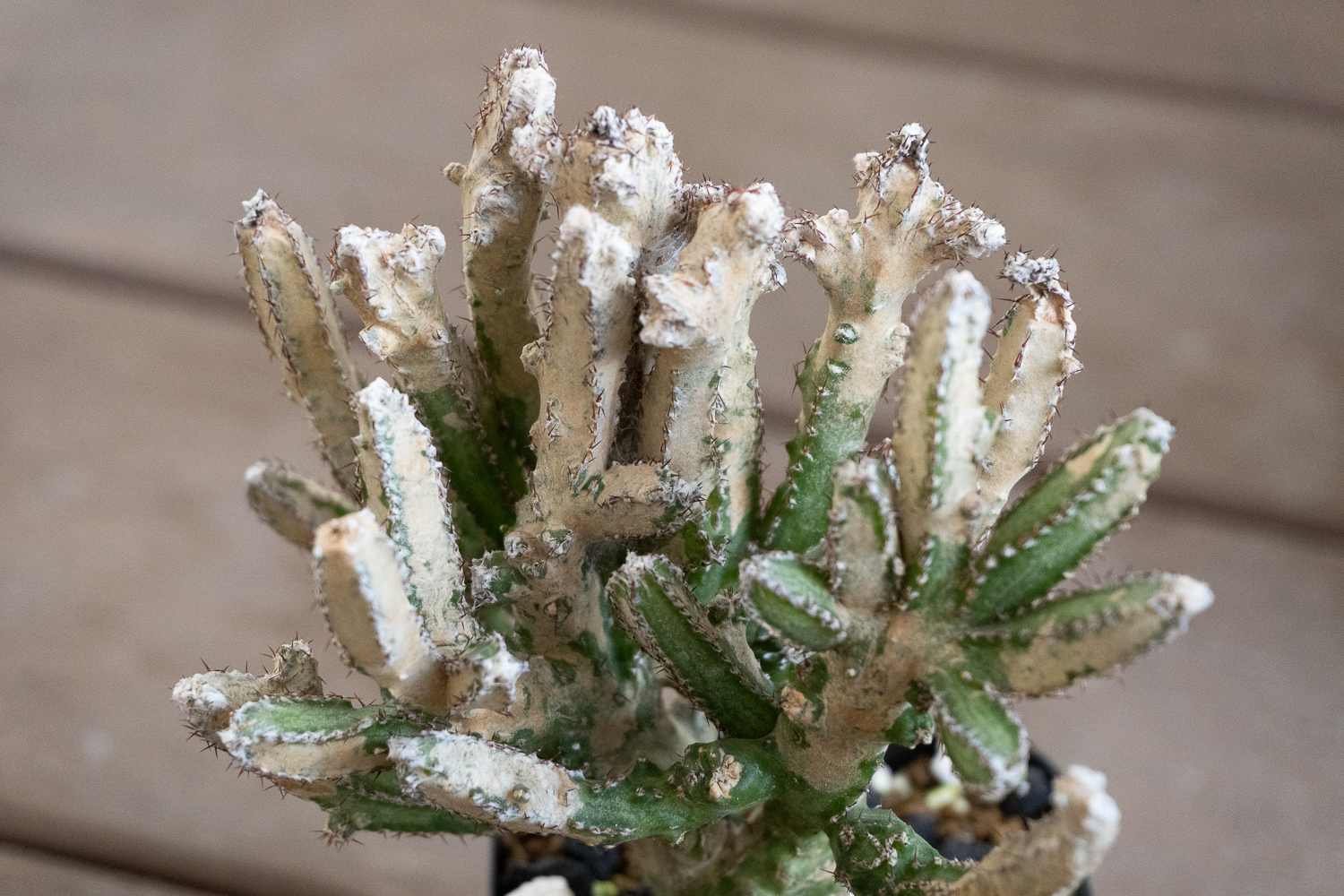
Solution 1 – Neem oil or sulphur soap spray
One of the best methods that has worked consistently for us is to use neem oil or sulphur soap.
First, load up a diluted solution of either in a spray bottle and cover the plant with the solution. This method works by (a) hopefully spraying the bugs off the plant, and (b) covering the plant with a thin layer of liquid.
- Neem oil suffocates these pests by clogging their breathing holes and mouth.
- Sulphur soap also suffocates the mites and dissolves their exoskeletons which weakens them.
After the treatment, put the plant away from direct sunlight and at a windy spot so that it dries out quickly. Using neem oil while leaving the plant in direct sunlight will burn the plant and cause damage to the plant’s exterior.
Doing this once is not enough as there might still be some eggs/nymphs left and the mites will come back in a few days. Repeat this process daily for at least three days. For the next two weeks, gradually reduce this frequency to once every three to four days. Continue doing it even if you don’t see any mites left. Trust me, they are there hiding somewhere. Breaking the mite’s life cycle and stopping them from reaching maturity to lay more eggs is critical to winning this war against mites
Solution 2 – Chilli and garlic water
If you don’t have sulphur soap or neem oil on hand, you can turn to organic remedies by using a solution of chilli and garlic. Although it sounds like an old wives’ tale, there is actually research done on its effectiveness against spider mites. [5]
First, pick chillis that are really spicy. We have bird’s eye chillis (also known as Thai chillis) growing in our garden so we usually just use those. Feel free to use ghost peppers or habanero if those are readily available.
- Grab a handful of chillis (the more the merrier) and garlic (2-3 cloves)
- Cut some lines on the sides of each chilli
- Crush the garlic
- Place the chilli and crushed garlic into lukewarm water.
- Give it a good shake and let it rest for ten minutes.
Similar to the neem oil method, spray the solution on the plant over a few days for at least two weeks.
As this is an organic solution, do place the solution in the fridge after use to slow down the decomposition of the plant matter.
That being said, one of the main reasons why we stopped using this method is the smell (even after placing them in the fridge). If you put them outside, be prepared to work with some real foul liquid the next day. Also, neem oil and sulphur soap are cleaner to work with as they do not clog up the spray unlike chilli seeds and garlic chunks.
Solution 3 – Dimethoate (Pesticide)
Dimethoate is a chemical component found in chemical pesticides under many different brands. It is scientifically proven to be more effective than organic sprays. Here in Singapore, Horti-Po is one of readily available pesticides with dimethoate.
So how do you use dimethoate? Depending on the pesticide you purchase, you can either spray it directly on the plant and soil, or mix it with water and water it directly. The plant then absorbs it and any pests which feed on the plant will die.
Dimethoate kills pests by inhibiting enzymes that are required for nerve impulses. However, dimethoate is harmful to the environment and also toxic to humans. Further, using it too often without alternating with other pesticides will render it less effective as spider mites can build resistance against it. We recommend only to use it when an infestation is out of hand and you want to wipe out a large population quickly. Eggs and young nymphs that are not killed will come back in a few days when the dimethoate breaks down or gets washed away. It is thus best to use a mix of methods to get rid of the mites permanently.
Prevention tips
Prevention is better than cure. Here are some tips to prevent a spider mite infestation that we learnt along the way.
- Know where you are getting your plants
- Clean and isolate new plants
- Manage your growing environment
Prevention is a whole new topic on its own and we will elaborate on them in a future post.

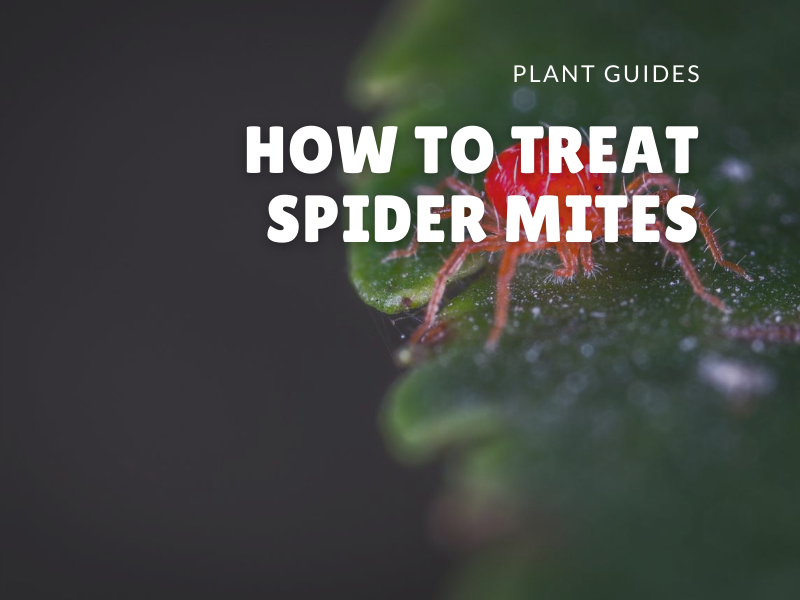
2 thoughts on “Treating spider mites on succulents and cacti”